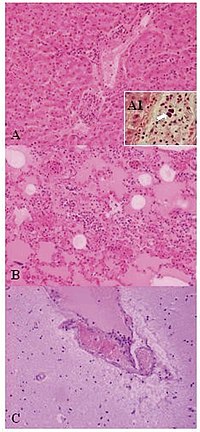
Paulownia C-geranylated flavonoids: their structural variety, biological activity and application prospects
Sign Up to like & getrecommendations! Published in 2019 at "Phytochemistry Reviews"
DOI: 10.1007/s11101-019-09614-2
Abstract: Paulownia species, especially their flowers and fruits, are traditionally used in Chinese herbal medicines for the treatment of infectious diseases. C-geranylated flavonoids were found to be the major special metabolites in Paulownia flowers and fruits,… read more here.
Keywords: biological activity; activity; application prospects; paulownia geranylated ... See more keywords

Structural variety of 2-amidoethyltin compounds
Sign Up to like & getrecommendations! Published in 2017 at "Journal of Organometallic Chemistry"
DOI: 10.1016/j.jorganchem.2017.08.011
Abstract: Abstract The syntheses, spectroscopic data and crystal structures of (H2NCOCH2CH2-C)(R2NCS2-S,S′)3Sn (1), (H2NCOCH2CH2-C,O)2SnCl2 (triclinic polymorph) (2), (H2NCOCH2CH2-C,O)(2-H2NCOC6H4S-O,S)SnCl2 (3) and Sn(C11H9N2O2)Cl3 (4) are reported. The tin atom in compound 1 (R = Et) is coordinated by three chelating dithiocarbamate… read more here.
Keywords: amidoethyltin compounds; variety amidoethyltin; chemistry; compound ... See more keywords

Structural variety in copper(II) complexes of 3-formylchromone: Synthesis, spectral, thermal, molecular modeling and biological studies
Sign Up to like & getrecommendations! Published in 2017 at "Journal of Molecular Structure"
DOI: 10.1016/j.molstruc.2017.06.085
Abstract: Abstract The compound in the title (L) was synthesized and reacted with Cu(II) metal ion with different anions (OAc−, NO3−, SO42–, ClO4−, Cl− and Br−) in absence and presence of auxiliary ligands (L′); N,O-donor; or… read more here.
Keywords: complexes formylchromone; copper complexes; h2o; metal complexes ... See more keywords

The expanding structural variety among bacteriocins from Gram-positive bacteria.
Sign Up to like & getrecommendations! Published in 2018 at "FEMS microbiology reviews"
DOI: 10.1093/femsre/fuy033
Abstract: Bacteria use various strategies to compete in an ecological niche, including the production of bacteriocins. Bacteriocins are ribosomally synthesized antibacterial peptides, and it has been postulated that the majority of Gram-positive bacteria produce one or… read more here.
Keywords: gram positive; positive bacteria; bacteriocins gram; expanding structural ... See more keywords